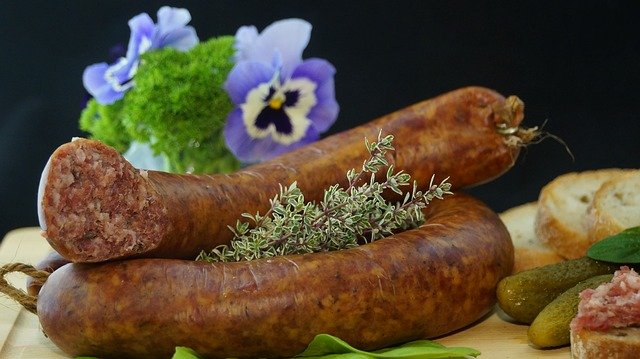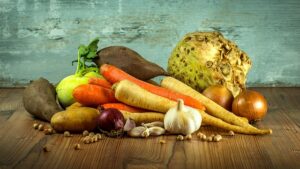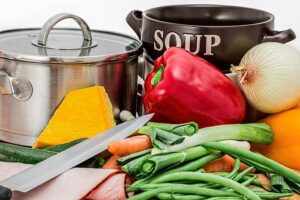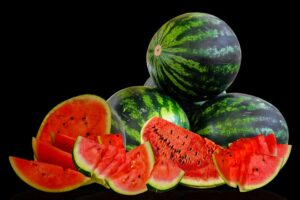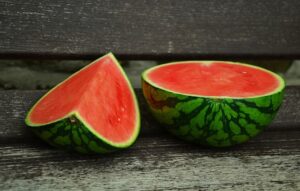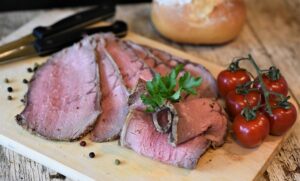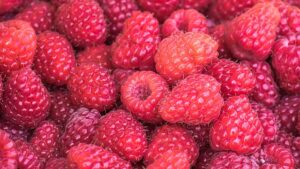Introduction
When it comes to maintaining a healthy diet, protein is an essential macronutrient that plays a crucial role in various bodily functions. Many people strive to consume an adequate amount of protein each day, but what does 180 grams of protein actually look like? In this article, we will explore the sources and quantities of protein that can help you achieve this goal.
Sources of Protein
Animal-based proteins: Animal products such as meat, poultry, fish, eggs, and dairy are rich sources of protein. For example, a 3-ounce serving of chicken breast contains approximately 26 grams of protein, while a 6-ounce serving of salmon provides around 34 grams.
Plant-based proteins: Plant-based sources like legumes, tofu, tempeh, seitan, quinoa, and nuts also offer significant amounts of protein. A cup of cooked lentils contains about 18 grams of protein, while a half-cup of tofu provides around 10 grams.
Combining Protein Sources
To meet your protein needs, it’s not necessary to rely solely on a single source. Combining different protein sources can help you achieve a balanced amino acid profile. For example, a meal consisting of 3 ounces of grilled chicken breast (26 grams of protein) and a cup of cooked quinoa (8 grams of protein) would provide a total of 34 grams of protein.
Protein Supplements
In addition to food sources, protein supplements can be a convenient way to increase your protein intake. Whey protein, casein protein, and plant-based protein powders are popular options. These supplements typically provide around 20-30 grams of protein per serving. However, it’s important to note that whole food sources should be prioritized over supplements whenever possible.
Portion Sizes for 180 Grams of Protein
To visualize what 180 grams of protein looks like, let’s consider a few examples:
Chicken breast: A 6-ounce serving of chicken breast contains approximately 50 grams of protein. To reach 180 grams, you would need to consume around 18 ounces (or 1.1 pounds) of chicken breast.
Eggs: One large egg contains about 6 grams of protein. To obtain 180 grams, you would need to consume 30 eggs.
Lentils: A cup of cooked lentils provides around 18 grams of protein. To reach 180 grams, you would need to consume 10 cups of cooked lentils.
Protein powder: If you prefer using protein powder, you would need approximately 6 servings (assuming each serving provides 30 grams of protein) to reach 180 grams.
Conclusion
In conclusion, consuming 180 grams of protein per day can be achieved through a combination of animal-based and plant-based protein sources. By incorporating a variety of foods and portion sizes into your diet, you can easily meet your protein needs. Remember to prioritize whole food sources whenever possible and consult with a healthcare professional or registered dietitian for personalized recommendations.
References
– Mayo Clinic: Protein: How Much Do You Need? (mayoclinic.org)
– USDA FoodData Central: Food Search (fdc.nal.usda.gov)
– Academy of Nutrition and Dietetics: Vegetarian Nutrition (eatright.org)

